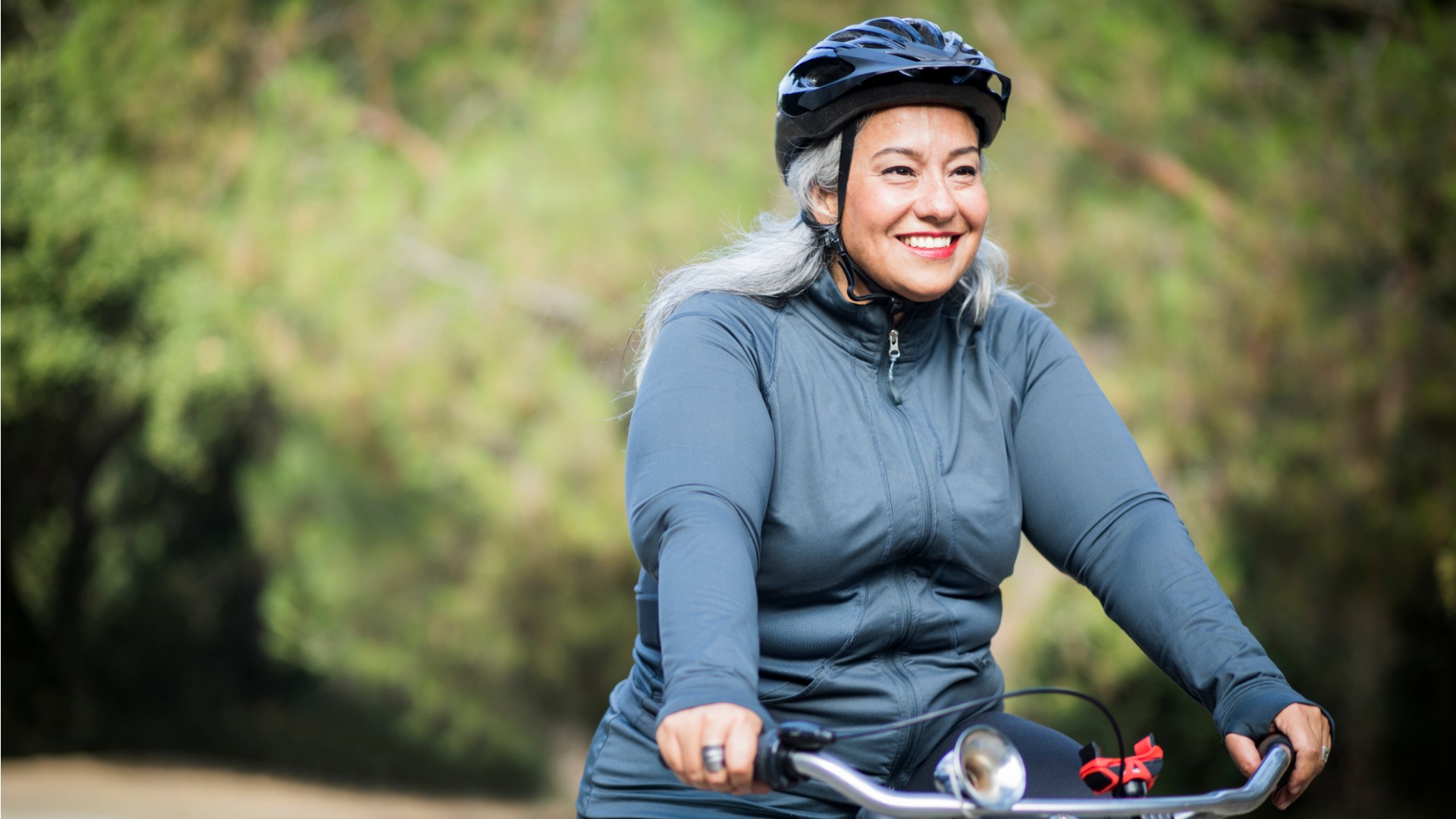“Walking is the best medicine.” Hippocrates, circa 450 BC
One of the first thoughts people have when beginning an exercise program is what type of activity or activities they should do. Things like joining a gym or exercise class, starting up jogging, playing tennis with friends, going swimming or buying a home exercise machine come to mind.
All of these are great activities and there are many more. But when it comes right down to it, the best type of activity is the one (or ones) that you enjoy and can keep doing regularly. For example, swimming is a fantastic whole-body activity that is easy on the joints, but if it is not something you like, you won’t stick to it.
Apparatus pros and cons
A lot of people purchase exercise equipment such as a stationary bike, treadmill or elliptical machine, spending upwards of $500. These can be good investments as it’s convenient to exercise at home, cheaper than joining a gym in the long run and you can do it even in the bad weather.
However, a lot of time these machines get used for a few weeks and never again for a number of reasons. Many people place these machines out of the way — like in the basement where it can be uninviting to use. In addition, some people get bored doing the same exercise or looking at the same wall all the time. One way to combat this is to put a TV in front of the machine or use a tablet to watch your favourite shows and pass the time.
Buddy up
If being social is important to you, joining a gym, exercise class or meeting up with friends may work best. The activity becomes secondary to the socializing. It also adds an element of accountability as your friends help support you in keeping to the routine.
No time to exercise
Commuting on foot (walking or jogging) or by bike means that you can accomplish two tasks in one. If you pay for parking, commuting can reduce your day-to-day expenses. Plus, if you commute to a busy downtown centre, getting there by bicycle can save you time as well.
If you are considering active commuting, there are some logistics to think of. Is there a shower and place to store your gear if you arrive sweaty and need to change? Can you store clothes, shoes and a towel in your office or in a locker so you don’t have to carry as much with you? If you are riding your bike, is there a safe (and dry) place to lock it up, and is the route safe for cyclists?
Take it slowly
Ideally when considering an activity, the best ones from a fitness perspective are those that use large muscle groups such as your legs and upper body. Activities that give a whole body workout such as swimming, cross-country skiing and elliptical trainers are fantastic. The more muscles involved the better, as your heart and lungs get a better workout too.
Be careful, though, not to overdo it. When first beginning an exercise program you’ll feel fresh and excited. But starting too hard and exercising too often may lead to pain and discomfort after a week or so. For activities that are repetitive, progressing slowly can help avoid overuse injuries. This is especially true for weight-bearing activities such as jogging or running.
A good rule of thumb is to only increase your duration by 10% each week.
So if you are running a total of 2.5 hours (150 minutes) one week, increase by a maximum of 15 minutes the next week.
To add variety, many people participate in more than one activity. For example, you might jog twice a week, go swimming twice a week and play tennis once. This is referred to as cross-training. It can be helpful in involving as many muscle groups as possible, while not draining you too much.
In the end, you’ll be the best judge of what activities you like and what works for you.

